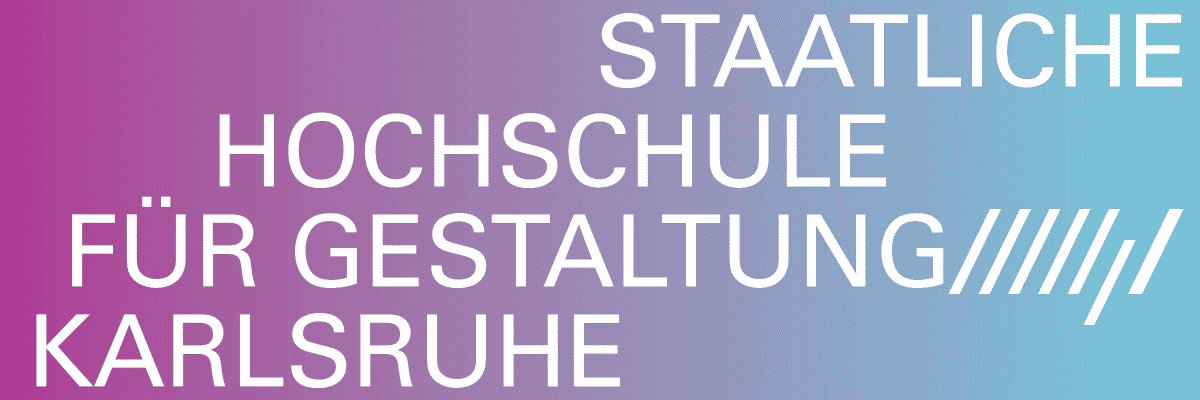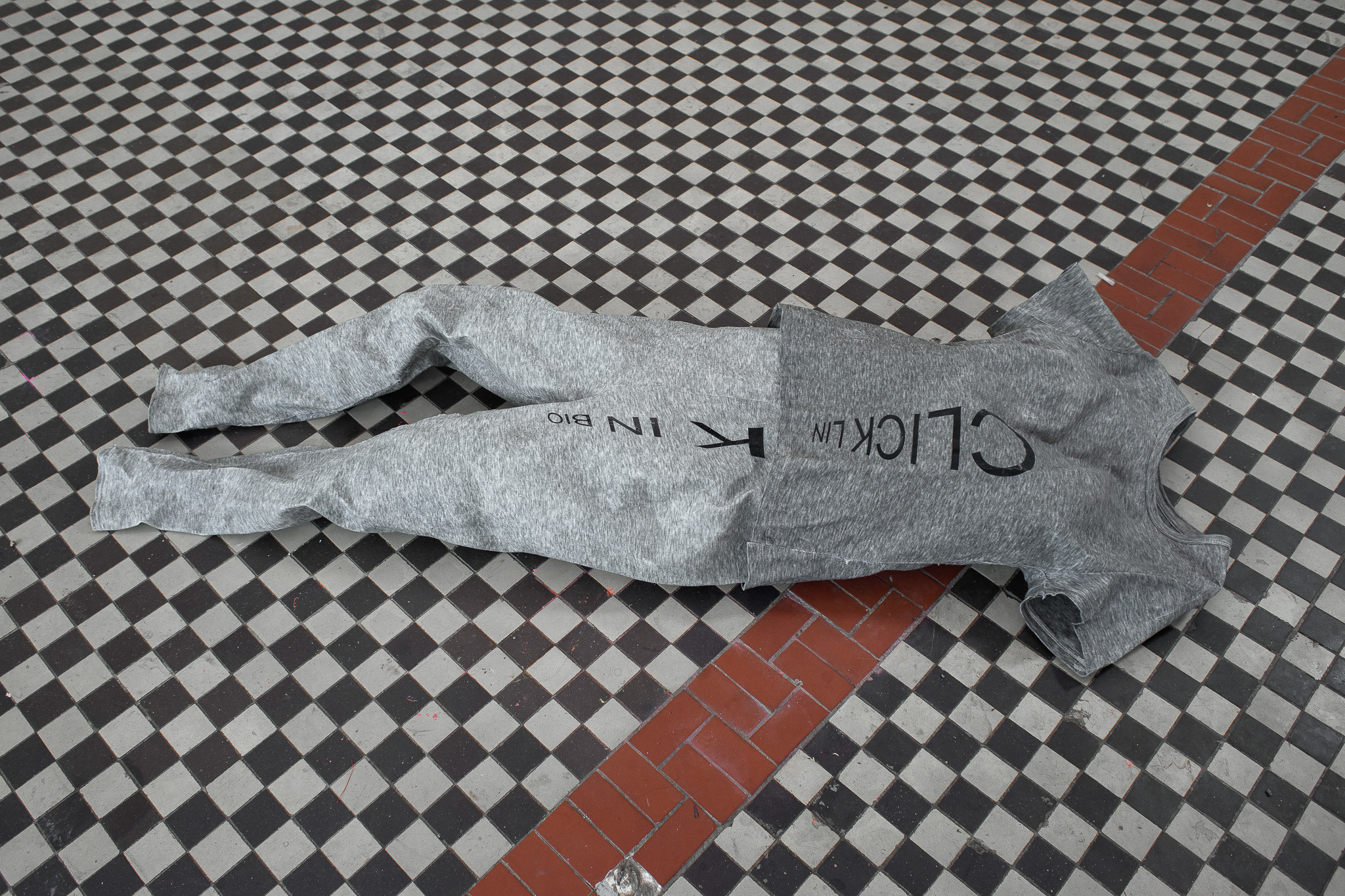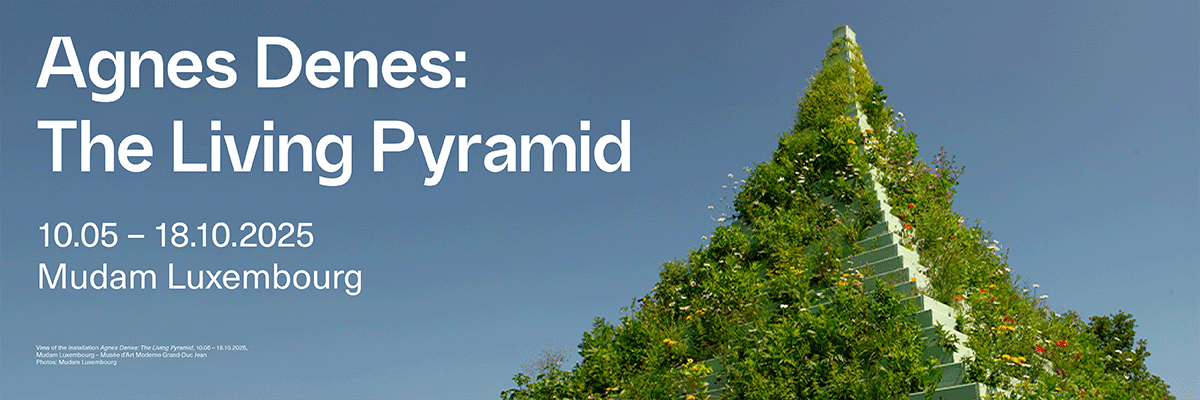
Zuzanna Wudarska
Tacky Traces
Project Info
- 💙 Pawilon Bliska, Warsaw
- 💚 Kamil Mizgala
- 🖤 Zuzanna Wudarska
- 💜 Kamil Mizgala
- 💛 Bartosz Bartosiak
Share on

Advertisement
















The exhibition Tacky Traces by Zuza Wudarska is a multilayered record of presence—stretched between the materiality of the pose and the saturation of the digital image. The artist weaves a structure from seemingly ordinary gestures, which, through distortion, repetition, and blur, works through reality. She navigates the boundary between the visible and the imagined, the real and the processed. Her frames are stylised, embedded in an aesthetic of exhaustion, unease, and a faltering sense of control. Wudarska employs the metaphor of stasis and looping—she slides. She sees the virtual world as a platform for searching for oneself and for manifesting.
Processed everydayness, stretched between privacy and exposure, the soft violence of reality, a corporeality that stratifies, congeals, and seeps into digital afterimages.
A glitch of the portrait, a loop of the gaze. An attempt to capture the in-between moments—where something happens, though it’s never quite clear what.
A blur of subjectivity, the aestheticisation of trace.
The keyboard sticks to the fingers.
Where does the image end and presence begin? The body—often visible in uncomfortable poses, oversized, compressed by perspective—is captured as a vessel of tension. For the artist, photography is a tool for tracing the processes of transformation and the suspension of presence. It is neither whole nor stable, but rather flickering and fragmented. The medium is not transparent; Wudarska draws out its materiality. Her works open themselves to the strange and the unknowable, embracing discomfort.
The exhibition moves towards the formation of identity. Recurring visual messages influence how we perceive ourselves. The result is the crafting of an image—content forming into morphing figures. Identity is constructed through the rhythm of images—their repetitions, their accumulations—shattered into the empty spaces between one glance and another.
The aesthetic of Tacky Traces is epistemic; it creates the conditions for experience and understanding. Sensibility arises precisely through aestheticisation. It may be, then, a specific kind of sensitivity—a subjectivity in search of understanding, not striving to be complete, final, or conclusive.
In the context of today's reality—saturated with images, defined by productivity and self-exposure—Wudarska's works can be read as an attempt to reconfigure the subject: one that no longer seeks truth about itself but traces its own marks—those that refuse to fade.
Kamil Mizgala




